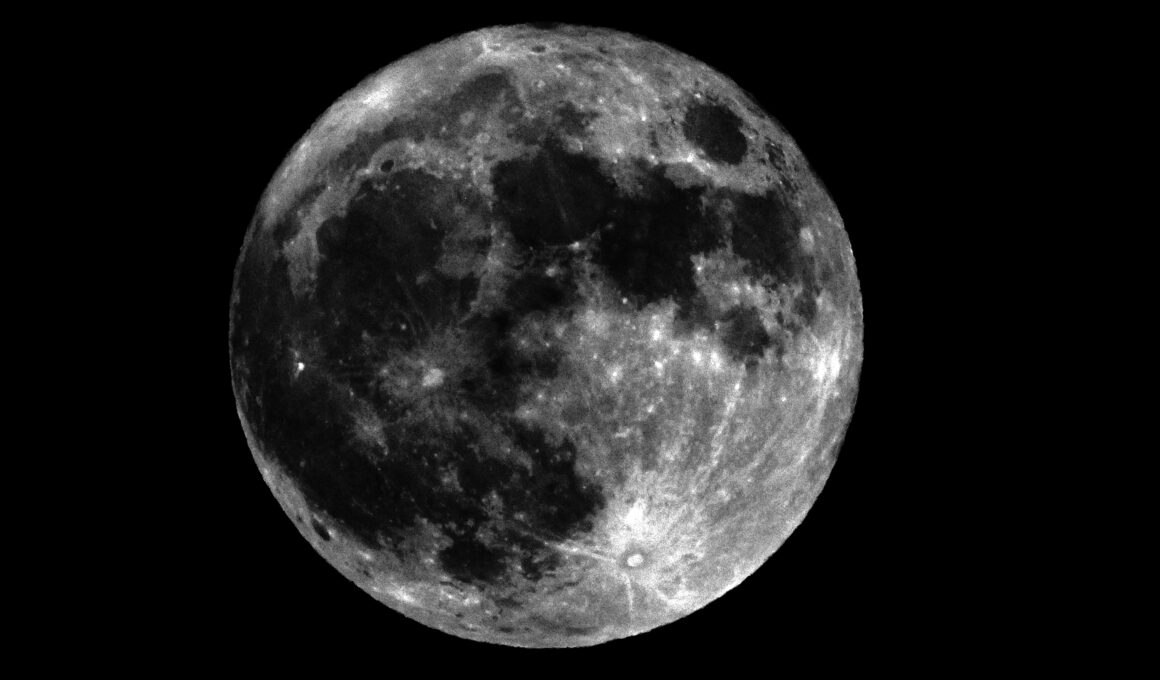A rare super blue moon that won’t happen again for 13 years is set to appear over the United States on Monday.
The super blue moon, which is when different cycles of supermoons and blue moons align, will reach its peak fullness at 2:26 p.m. ET, meaning that Americans won’t be able to see the moon until it’s slightly past its peak in the evening.
On Sunday morning, the super blue moon will appear and stay until early Wednesday morning, according to the National Aeronautics and Space Administration ( NASA). An August 2023 article from the agency predicted that the next pair of super blue moons wouldn’t happen until January and March 2037.
To better see the moon’s finer details, try using binoculars or, if you have one, a telescope. If you are unable to see the moon with your own eyes, NASA has a Daily Moon Guide on its website where you can observe the moon each day of the year using an interactive online map.
Newsweek has reached out to NASA via email for comment on Saturday afternoon.
What Is a Supermoon?
A supermoon occurs when a moon’s orbit is closest to Earth while the moon is full. During a supermoon event, the moon is within 90 percent of its closest approach to Earth, according to NASA. Supermoons can appear up to 30 percent brighter and 14 percent larger than a moon at the point farthest from Earth.
The word “supermoon” was first used by astrologer Richard Nolle in 1979.
The next supermoons are set to happen on September 17, October 17 and November 15, according to ABC News.
What Is a Blue Moon?
The term “blue moon” dates back to 1528. Despite its name, blue moons are rarely the color blue.
There are two types of blue moons—seasonal and monthly. A seasonal blue moon is the third full moon in an astrological season with four full moons. Meanwhile, a monthly blue moon is the second of two full moons in the same month.
The super blue moon on Monday will be a seasonal blue moon and it won’t look blue.
According to Star Walk, a star and planet navigator app, the next seasonal blue moon will be on May 20, 2027, and the next monthly blue moon will occur on May 31, 2026.
Perseid Meteor Shower
The super blue moon comes amid this year’s Perseid meteor shower. The meteor shower started in July and will continue until September 1, according to the Associated Press.
The shower peaked last Sunday into last Monday and the best view of it was from the Northern Hemisphere. Roughly 50 to 75 meteors could be seen an hour in darker places, according to a CNN report.
Check out this Newsweek article to see photos of the shower and other striking pictures of the week.






